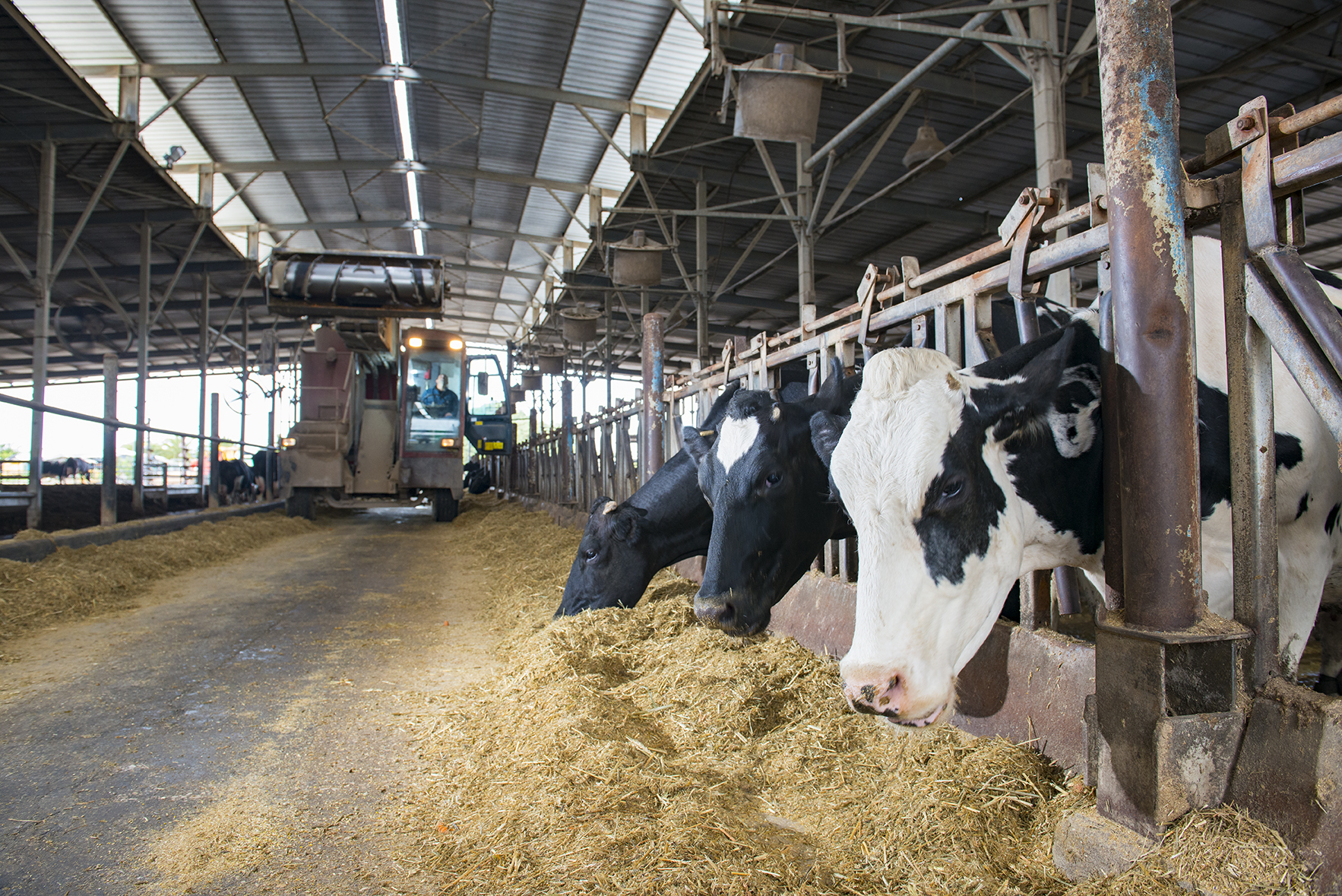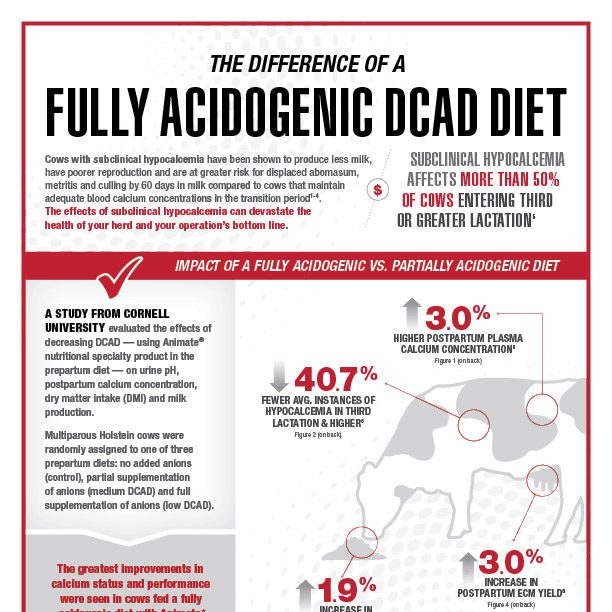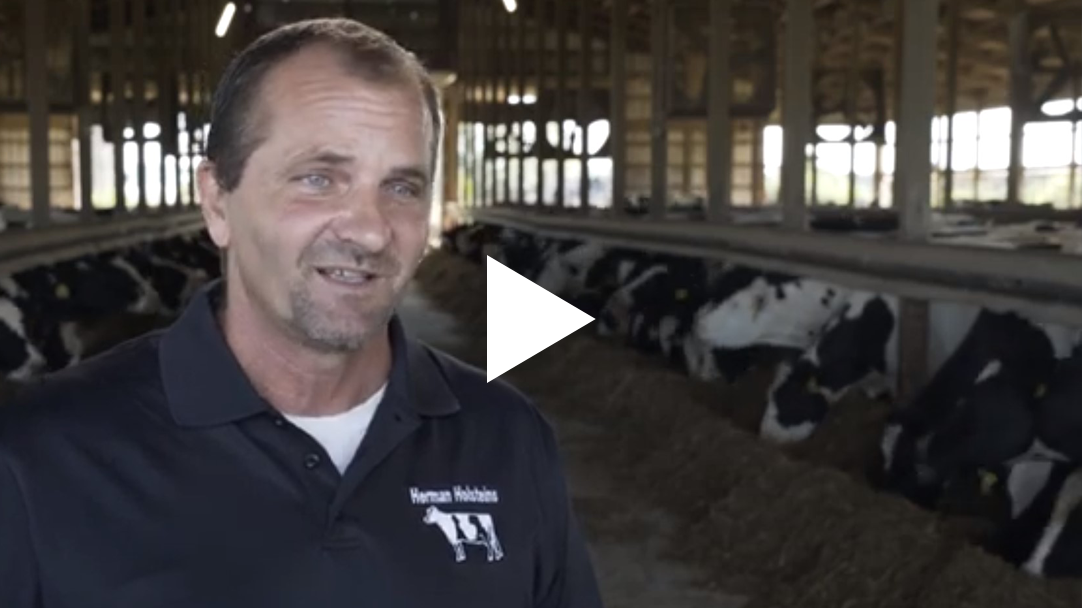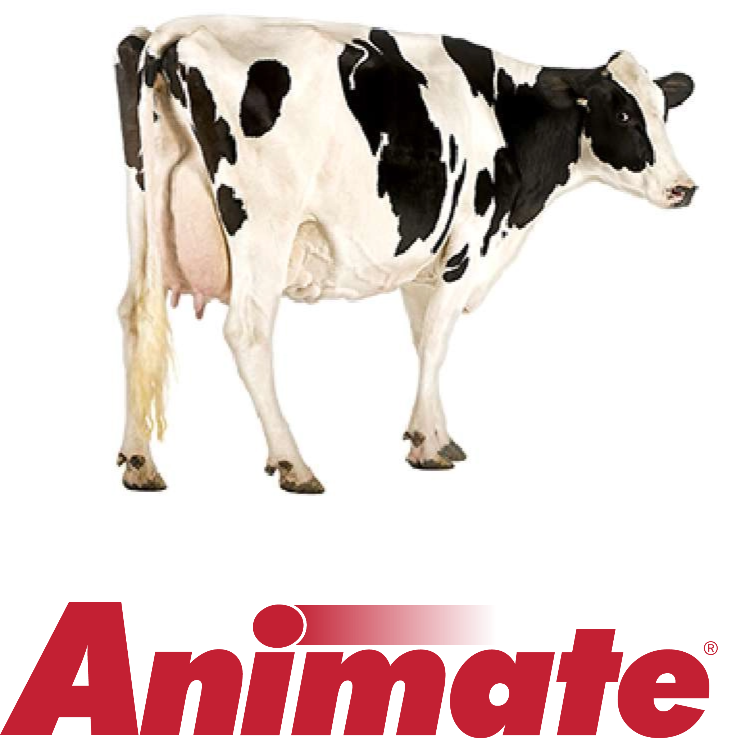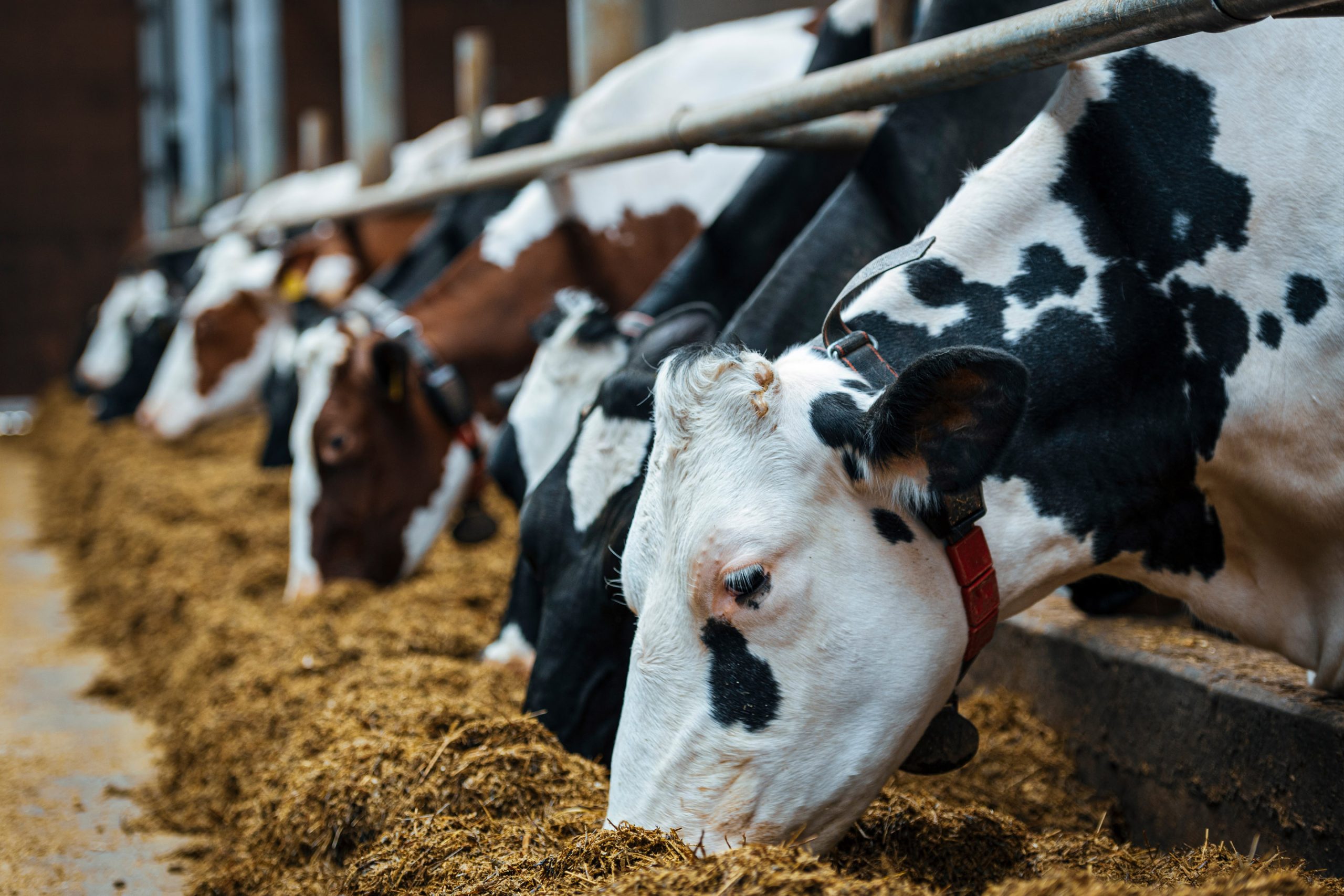
Managing threats to dairy herd productivity, particularly when cows are transitioning into lactation, is critical for dairy farmers looking to strengthen their bottom line in a tough economic climate.
An Interview with Dr. Phil Cardoso | DVM, Ph.D., Professor of Animal Sciences
Some farmers may not fully understand the important role that increasing dietary calcium inclusion in fully acidogenic prepartum diets can play to help support postpartum uterine health and fertility. It also can help reduce the potential for costly health risks that directly impact performance and profitability.
“On the reproduction side, there has been more focus on cows getting hypocalcemia or subclinical hypocalcemia when we should also be looking at the calcium concentration in the circulation of the cow that allows the processes in the uterine tissue to happen,” said Dr. Phil Cardoso, associate professor of Animal Sciences at the University of Illinois, Urbana-Champaign. “For years, researchers were paying attention to the transition period from a dry cow to a lactating cow. We had a lot of information on metabolism, on intake, on milk yield, but the reproduction part of the fertility assessment for those nutritional strategies was something that was missing.”
To fill that knowledge gap, Dr. Cardoso, in collaboration with Dr. Jim Drackley, at the University of Illinois, Urbana-Champaign, conducted a study* to determine the effects of feeding a prepartum fully acidogenic diet using Animate® nutritional specialty product and two levels of dietary calcium on postpartum uterine health and ovulation.
Treatment diets included a control (non-acidogenic) diet with a dietary cation-anion difference (DCAD) of +6 mEq/100g and 0.40% dietary calcium, a fully acidogenic diet with a DCAD of -24 mEq/100g with low dietary calcium (0.40%), and a fully acidogenic diet with a DCAD of -24 mEq/100g with high dietary calcium (2.0%). Animate was used as the sole source of supplemental anions in the acidogenic diets. Treatment diets were fed beginning 28 days before expected calving date. Reproductive performance was evaluated by the cows’ ovarian development, likelihood of pregnancy and uterine health.
The study validated the positive impact of Animate when fed in a fully acidogenic strategy on reproductive performance, and demonstrated that cows fed a high-calcium, fully acidogenic diet had improvements in uterine health, which translated into better reproductive function, as measured by days to first ovulation and pregnancy at first time AI. Additionally, blood concentrations of haptoglobin were reduced, indicating a reduction in inflammation.
Dr. Cardoso says the work reinforced existing perceptions regarding the feeding of a fully acidogenic diet on reproductive performance while also helping producers understand the key role of optimizing calcium in the feeding program.
“We have this proven nutritional strategy where we know cows are going to perform better metabolically,” he explains. “This research looked at the impact on reproductive performance on the fertility side. That’s an added value to the farmer. In my perspective, farmers understand the value of getting a cow pregnant. That needs to start by not getting cows with uterine inflammation. We wanted to validate the function of calcium on that transition period in early postpartum, on uterine tissue development and getting the uterus ready for that cow to be bred and get pregnant.”
“For example, some proteins need calcium to function, including proteins responsible for keeping the cells of the uterus together,” says Dr. Cardoso. “If those cells are compromised, there is greater potential for bacteria to invade and cause inflammation of the uterus postpartum.”
“If those cells in the uterus aren’t holding together and tight, bacteria can come inside the cow through the uterus, into its circulation, and potentially cause other health issues,” he says.
In the study, cows fed the fully acidogenic, high- calcium diet showed improvements in measures of inflammation and uterine health compared to cows fed a fully acidogenic diet with low dietary calcium. This translated into better reproductive function as measured by days to first ovulation and pregnancy at first timed AI.
Benefits included:
- Reduced inflammation – The research showed lower plasma haptoglobin concentrations in both the prepartum and postpartum periods.
- Healthier uterine environment – Cows had greater glandular epithelial height and more epithelial cells per gland at 30 days in milk (DIM).
- Breeding back sooner, lowering days to pregnancy – Cows had fewer days to first ovulation and had a greater likelihood of becoming pregnant at first AI.
“Achieving these impacts can have a positive return on investment for the dairy producer,” says Dr. Cardoso.
“Farmers will be chasing fewer sick cows,” he notes. “They may have fewer instances of metritis to deal with. They may have fewer negative health events because that cow doesn’t have to handle extra bacteria circulating because the cells in the uterus are intact.”
Dr. Cardoso added that he knows farmers who, after stopping for a time, returned to feeding a negative DCAD diet with high dietary calcium. “They said they weren’t getting the results that they wanted with the alternative. Retained placentas and other health issues started showing up. That’s all part of that process of the uterus saying it has a lot of stress and doesn’t have the proteins ready to combat it.”
* Ryan et al., 2020. Theriogenology 142:338-347.
AN066123GLB ©2024 Phibro Animal Health Corporation. Phibro, Phibro logo design, Healthy Animals. Healthy Food. Healthy World. and Animate are trademarks owned by or licensed to Phibro Animal Health Corporation or its affiliates.
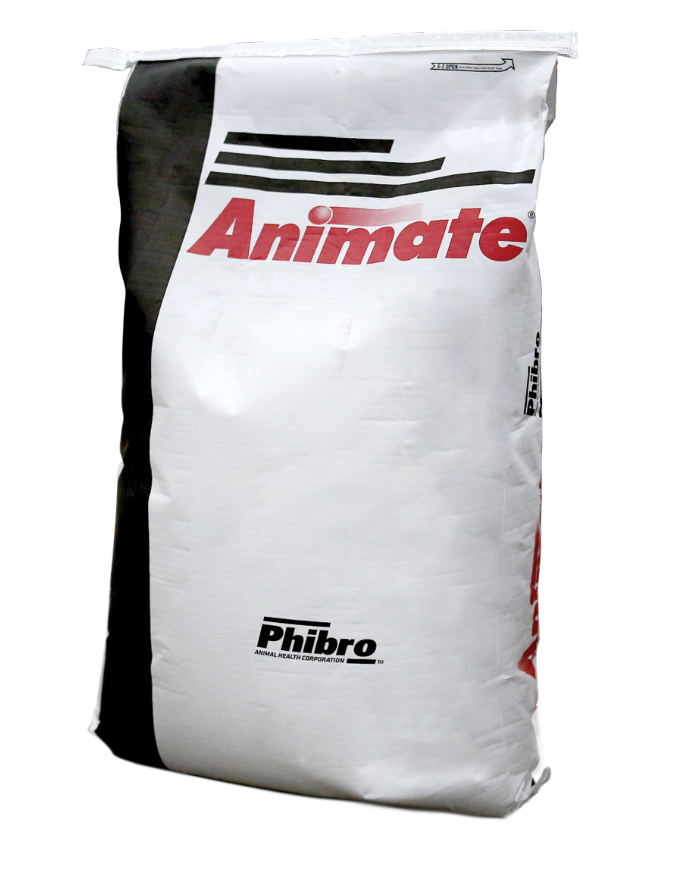
Start with the Right Anion Source
Animate® nutritional specialty product is a unique and patented anionic mineral that has been shown to help keep transition cows healthy and productive.
Learn about Animate







